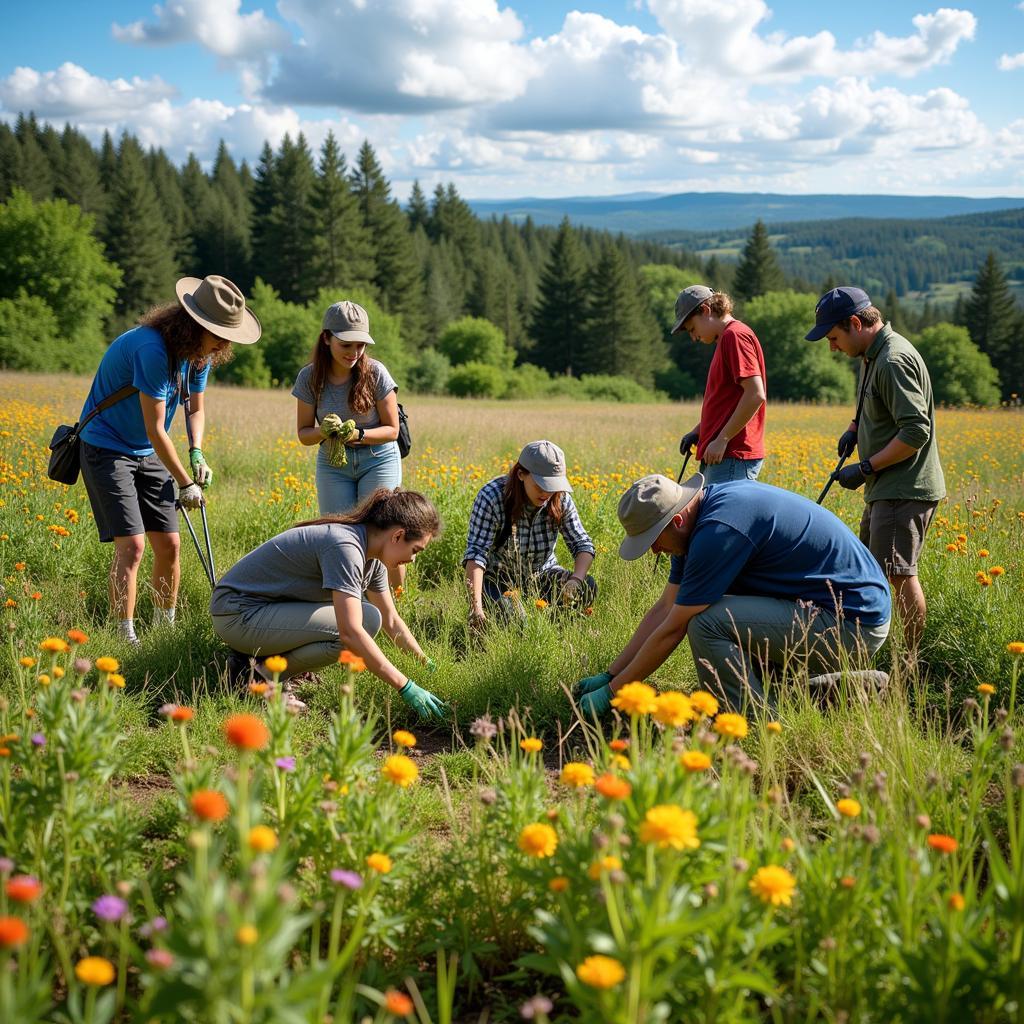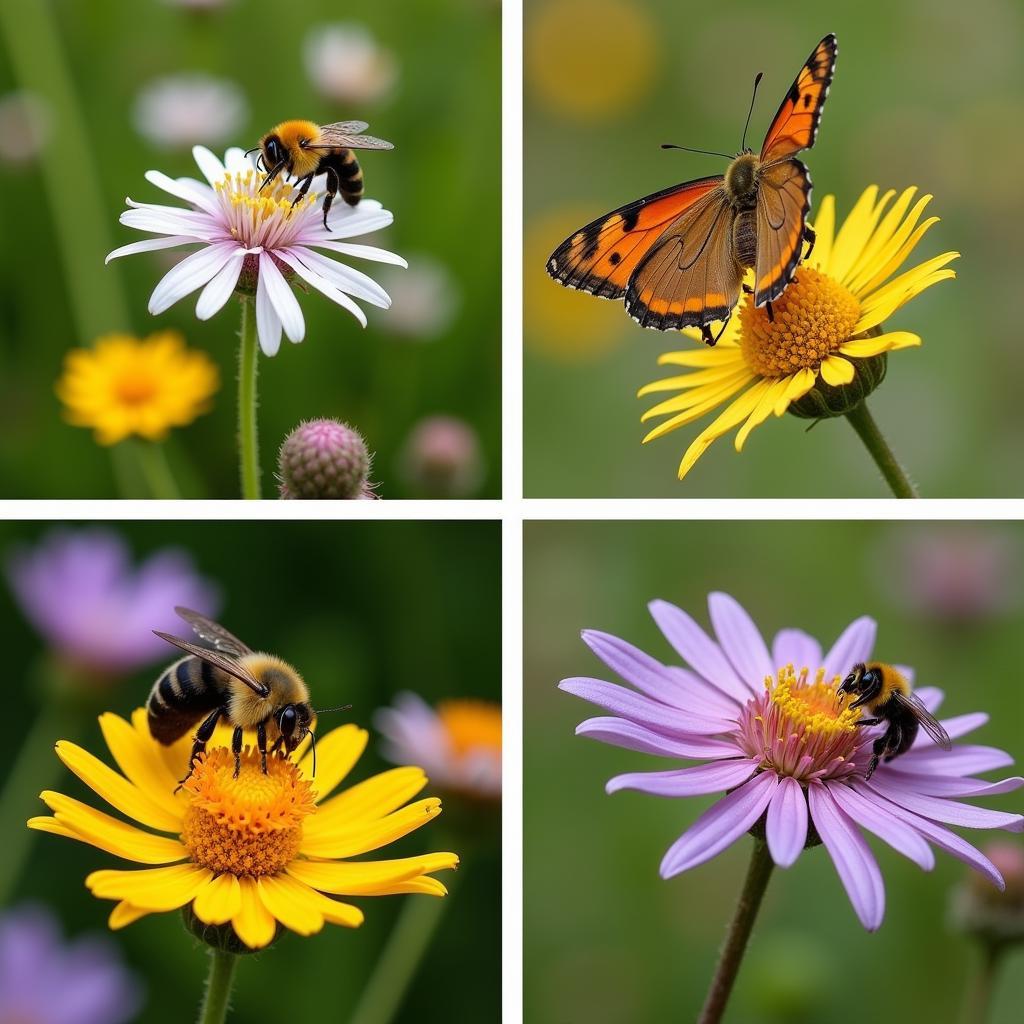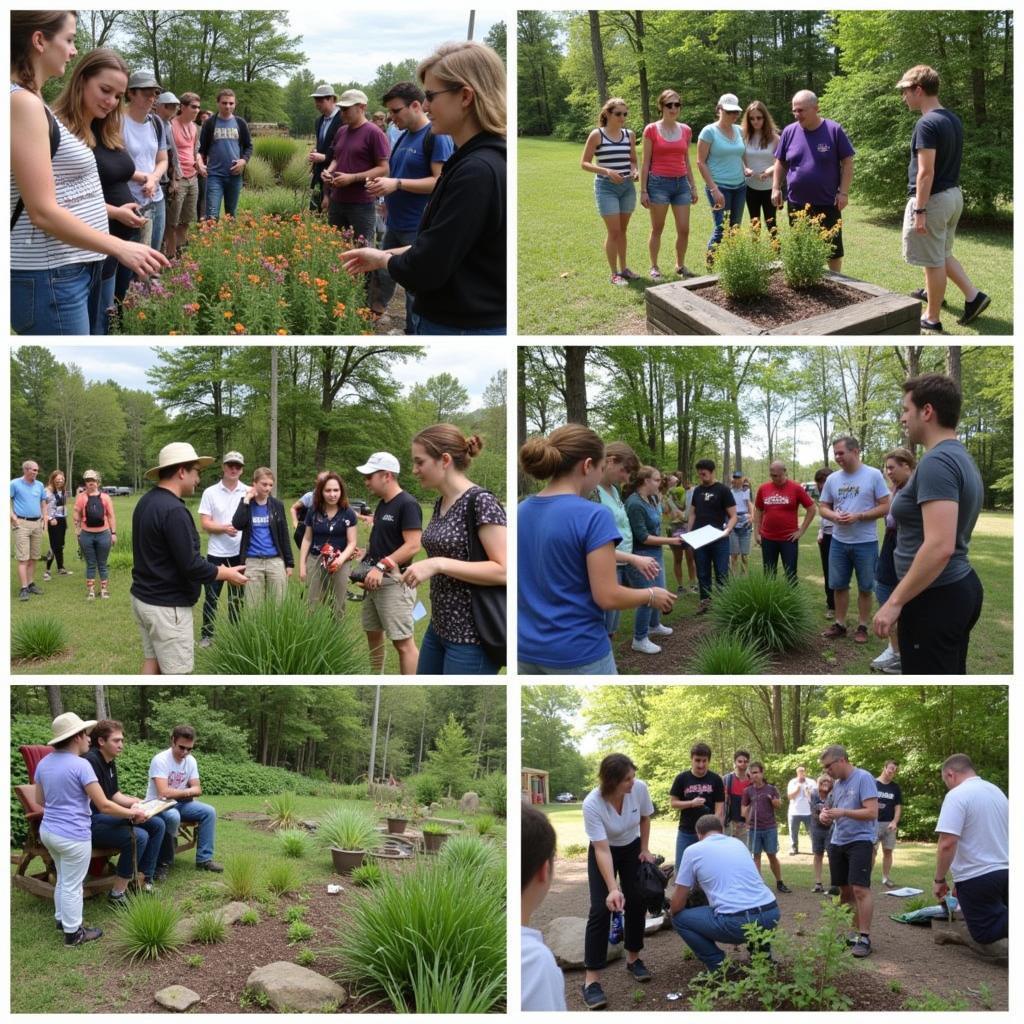The New England Wild Flower Society is a vital organization dedicated to conserving and promoting the region’s native plants. From educational programs to hands-on conservation efforts, they play a crucial role in protecting the biodiversity of New England’s unique flora. Understanding their mission and the impact they have on the environment is crucial for fostering a deeper appreciation for the natural world around us.
Exploring the Mission of the New England Wild Flower Society
The New England Wild Flower Society’s core mission revolves around native plant conservation. They strive to protect and restore native plant communities throughout New England. This involves not only preserving existing habitats but also actively working to reintroduce native species to areas where they have been lost or diminished. Education is another cornerstone of their mission. Through workshops, classes, and guided walks, they empower individuals to learn about native plants, their importance, and how to cultivate them in their own gardens. They believe that cultivating a love for native plants is essential for ensuring their long-term survival.
By understanding the crucial role native plants play in the ecosystem, we can better appreciate the importance of the New England Wild Flower Society’s work. They are champions of biodiversity, safeguarding the intricate web of life that depends on these often overlooked but essential components of our natural world.
 New England Wild Flower Society Conservation Efforts in Action
New England Wild Flower Society Conservation Efforts in Action
What are the benefits of native plants?
Native plants are uniquely adapted to the local climate and soil conditions, requiring less water and maintenance than non-native species. They provide vital habitat and food sources for pollinators like bees, butterflies, and birds, contributing to a healthy and thriving ecosystem. They also play a crucial role in preventing soil erosion and improving water quality.
What’s the easiest way to support native plant conservation? Joining the New England Wild Flower Society is a great start! Your membership directly supports their conservation efforts and educational programs. You can also volunteer your time, participate in their events, and plant native species in your own garden.
 Native New England Plants and Pollinators
Native New England Plants and Pollinators
How can I learn more about New England’s native flora?
The New England Wild Flower Society offers a wealth of resources for learning about the region’s diverse plant life. Their website provides detailed information about different species, including their identification, habitat requirements, and cultural significance. They also offer guided walks and workshops led by expert botanists, providing firsthand experience in identifying and appreciating native plants. Attending these events allows for deeper learning and connection with nature.
“Connecting with the natural world through the lens of native plants fosters a deeper understanding of our environment,” says Dr. Emily Carter, a leading botanist and conservationist with the New England Wild Flower Society. “It’s about appreciating the beauty and complexity of these plants and recognizing their essential role in supporting a healthy ecosystem.”
 New England Wild Flower Society Educational Programs
New England Wild Flower Society Educational Programs
The Impact of the New England Wild Flower Society
The New England Wild Flower Society’s dedication extends beyond conservation and education. They actively engage in research and advocacy, working to protect endangered species and promote policies that support native plant conservation. Their commitment has a tangible impact on the health and resilience of New England’s ecosystems.
“Protecting native plants is not just about preserving individual species,” adds Dr. David Miller, a conservation biologist with the Society. “It’s about safeguarding the entire ecosystem and ensuring its long-term health and sustainability for generations to come.”
The New England Wild Flower Society’s impact resonates throughout the region, protecting the unique biodiversity that defines New England’s natural heritage. Their work is a testament to the power of collective action and the importance of preserving the natural world. Supporting their mission is an investment in a healthier and more vibrant future for both people and the planet.
Conclusion
The New England Wild Flower Society plays a vital role in conserving the region’s unique botanical heritage. Their work is crucial for maintaining biodiversity, supporting healthy ecosystems, and fostering a deeper appreciation for the natural world. By understanding and supporting their mission, we can contribute to a more sustainable and vibrant future for New England’s native plants and the countless species that depend on them.
FAQ
- What does the New England Wild Flower Society do? They conserve and promote native New England plants through conservation, education, research, and advocacy.
- How can I support the New England Wild Flower Society? You can become a member, volunteer, attend their events, or plant native species in your garden.
- Where is the New England Wild Flower Society located? They have locations throughout New England. Check their website for specific locations.
- What are native plants? Plants that naturally occur in a specific region, adapted to the local climate and soil conditions.
- Why are native plants important? They support local ecosystems, provide habitat and food for wildlife, require less maintenance, and contribute to a healthier environment.
- How can I learn more about native plants? The New England Wild Flower Society website, guided walks, and workshops offer valuable resources.
- What is the significance of native plant conservation? It protects biodiversity, ensures ecosystem health, and preserves our natural heritage.
Common Scenarios and Questions:
- Scenario: You’re planning a new garden and want to use native plants. Question: Where can I find a list of native plants suitable for my area?
- Scenario: You’ve spotted a wildflower you don’t recognize. Question: How can I identify this plant?
- Scenario: You’re concerned about the decline of pollinators in your area. Question: What native plants can I plant to attract pollinators?
Further Exploration:
Explore other articles on our website about biodiversity, native plant gardening, and the importance of supporting local conservation efforts.
Call to Action:
For assistance, contact us at Phone: 02043854663, Email: [email protected], or visit us at Zone 34, Bac Giang, 260000, Vietnam. We have a 24/7 customer service team.